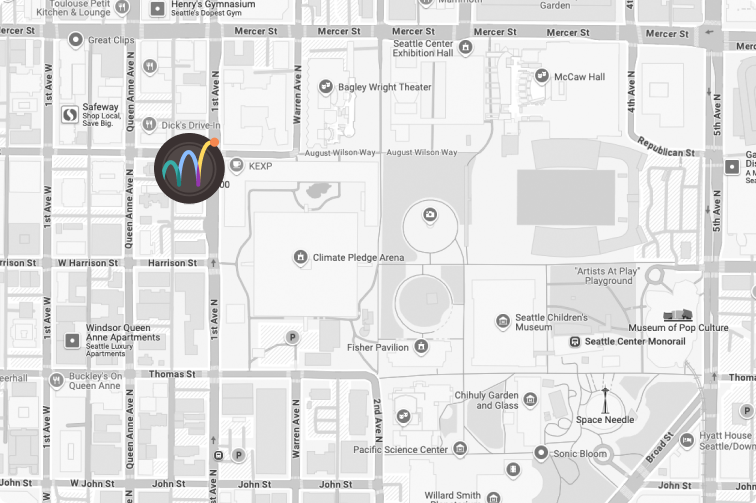
EXPERTISE
Complex Regional Pain Syndrome
Complex Regional Pain Syndrome (CRPS) is chronic pain, often in an arm or leg, causing burning, stabbing discomfort and extreme sensitivity.
EXPERTISE
Complex Regional Pain Syndrome details
Complex Regional Pain Syndrome (CRPS) is a chronic pain problem which usually affects the arms or the legs. The affected body part has persistent pain which is often described by patients as a burning discomfort, a deep ache or sharp, stabbing pain.
The affected body part can also become very hypersensitive so that light touch, the feel of clothing on the skin, or even the wind blowing across the skin can cause excruciating pain.
In addition to pain, the limb has characteristic physical changes which may come and go. These include swelling, temperature change with the limb becoming very hot or very cold, color changes with the skin looking pale to bright red to deep purple or mottled. Sometimes there is excessive sweating only in the affected body part. The skin can become tight and shiny. Muscles may become difficult to control and soft tissues can become stiff, resulting in lost range of motion. There can be loss of bone density in the affected limb.
People with CRPS often stop using their limb because moving it is associated with so much pain.
EXPERTISE
What to know about CRPS
At RIW, we partner with anesthesiologists from Virginia Mason Medical Center to combine anesthetic techniques with intensive therapy to restore movement and function.

CRPS causes
CRPS often develops following an injury to the affected limb. This injury can be significant, such as a fracture, but in many cases, it may appear relatively minor—like a sprain or a contusion.
Extended immobilization after an injury increases the likelihood of developing CRPS. Additionally, direct nerve damage can trigger the condition. When CRPS develops without a known nerve injury, it is classified as CRPS Type I, formerly known as Reflex Sympathetic Dystrophy. When a nerve injury is involved, the condition is referred to as CRPS Type II, also known as Causalgia.

CRPS ailments
The exact mechanisms behind CRPS are not fully understood, but research suggests that the condition involves changes in the central nervous system. These changes affect both the sympathetic nervous system, which regulates blood flow and sweating, and the regions of the brain and spinal cord responsible for processing sensory information.
In CRPS, the sympathetic nervous system may become overactive and unstable. This can lead to fluctuating blood flow in the affected limb, resulting in visible changes in skin color, temperature, and swelling.
Sensory processing also changes. Sensory stimulation, which is not normally painful and does not signal injury (light touch, pressure, movement) may be processed in the central nervous system as if it represents injury and therefore produce a painful experience.
The alteration in sensory processing is also accompanied by changes in motor control so that the person not only experiences excessive pain, but also motor inhibition and difficulty moving the affected body part.

CRPS treatment
When the initial treatment does not produce improvement, or early treatment is not provided, symptoms can become very severe and patients may completely abandon trying to use the affected limb. In these cases a more intensive treatment approach is necessary.
When the initial treatment does not produce improvement, or early treatment is not provided, symptoms can become very severe and patients may completely abandon trying to use the affected limb. In these cases a more intensive treatment approach is necessary.
At RIW we join with the anesthesiologists from Virginia Mason Medical Center to combine anesthetic techniques for pain control with intensive therapy to help restore normal movement and function.
- Patients may have a series of sympathetic blocks to control excess sympathetic nervous system activity affecting their limb. This block is performed in the neck for upper limb symptoms and in the low back for lower limb symptoms. The goal is to have the patient engage in daily therapy after the block to maximize the ability to increase physical activity with the improved pain control. If the 1st block is effective, we will usually recommend repeating the block on an approximately weekly basis.
- The patients participate in daily physical and occupational therapy focusing on regaining normal flexibility, movement patterns and strength.
- We work with the patients on desensitization techniques to diminish the hypersensitivity so common with this disorder.
- We use a sensorimotor retraining process called Graded Motor Imagery mirror box therapy to help retrain the brain to normalize sensory processing and motor control.
- Patients also benefit from the full treatment options available through the pain management program including psychological support, counseling and education, as well as medication management when appropriate.
The typical treatment program for a patient with CRPS starts with 2-4 weeks of daily OT and PT, these first weeks possibly facilitated by a sympathetic block, followed by the full 4 week pain rehabilitation program. This process has produced long-term improvements in pain and function in many patients.
